Growing an extensive selection of plants in your garden is made possible by a greenhouse, which also secures the vegetation from severe conditions and prolongs their lives. Although constructing a greenhouse may appear difficult, anyone can do it within their home with the correct procedures and helpful advice.
Here’s a simple guide to build a mini Greenhouse house in your fall garden for cold crops:
Stage 1:
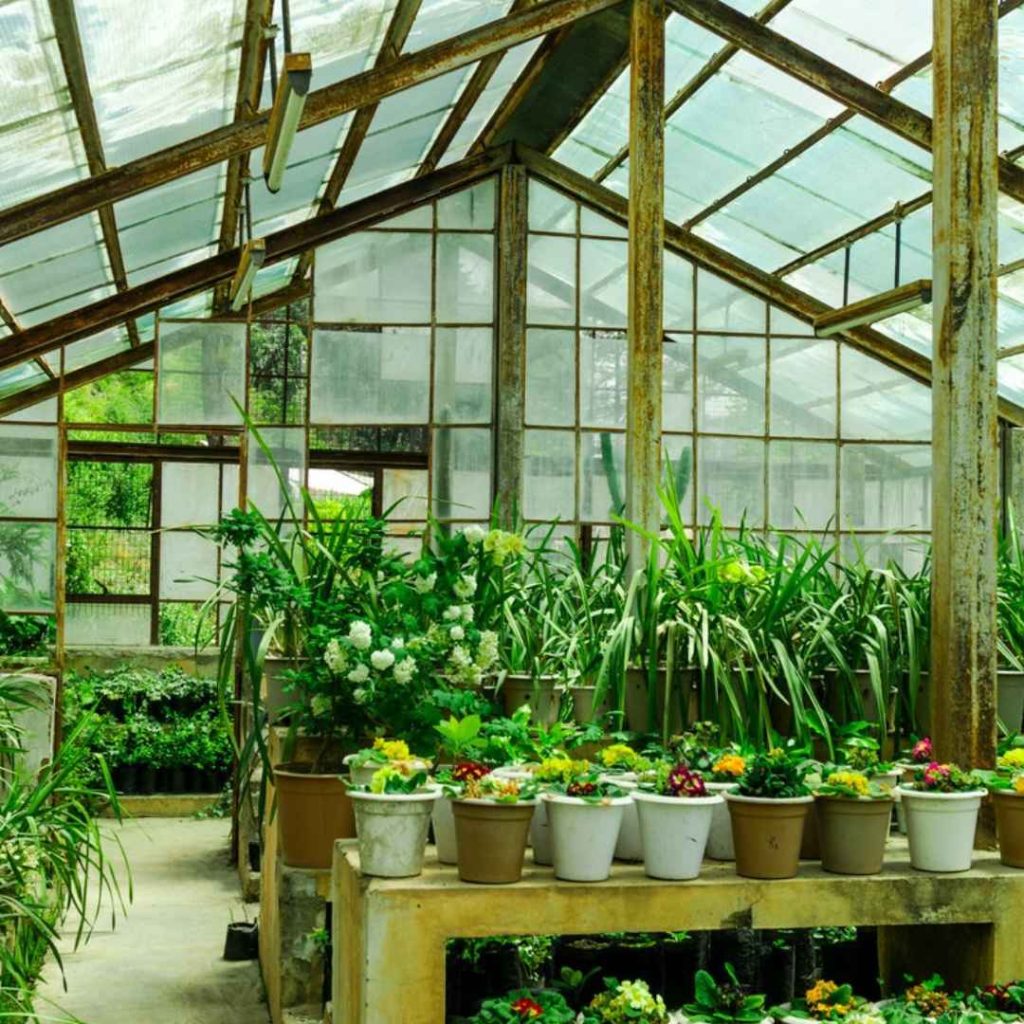
The greenhouse’s conception and layout Even more important than selecting the appropriate materials is preparing. Building a greenhouse in your house requires meticulous preparation and a structure.
The goal of the greenhouse, its ideal placement within your property, and its suitable size will all be considered during the process of organizing. To ensure that the greenery receives the right care, pick a location that receives plenty of sunshine all year round.
Stage 2: Material choice:
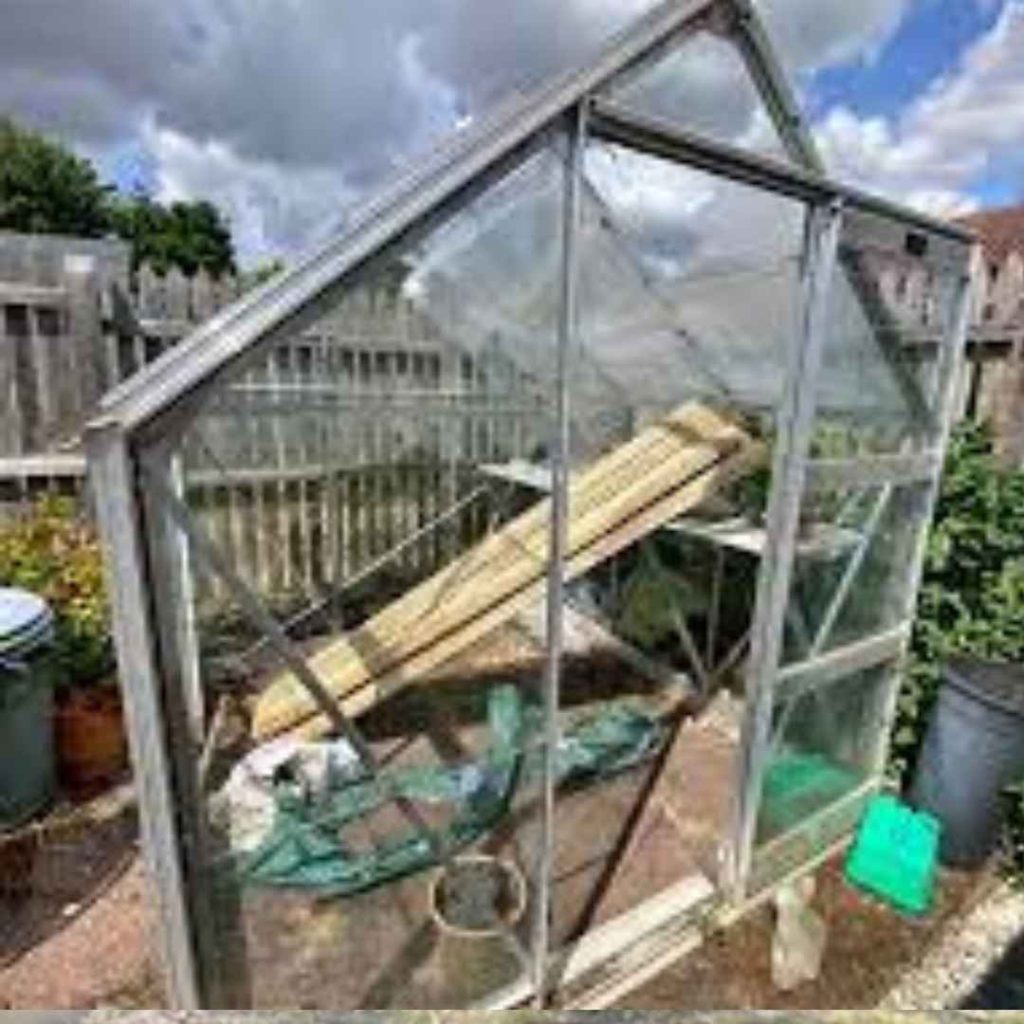
The greenhouse’s and the vegetation’s lifespan will be influenced by the supplies chosen. It is crucial to select the appropriate stuff, such as PVC, aluminum, and premium wood. Glass, polycarbonate sheets, and glass coatings are different sorts of materials.
Although it can be costly, glass is the best choice for shielding and sturdiness. The budgetary constraints, individual preferences, and local temperature all influence the selection of product.
Stage 3:
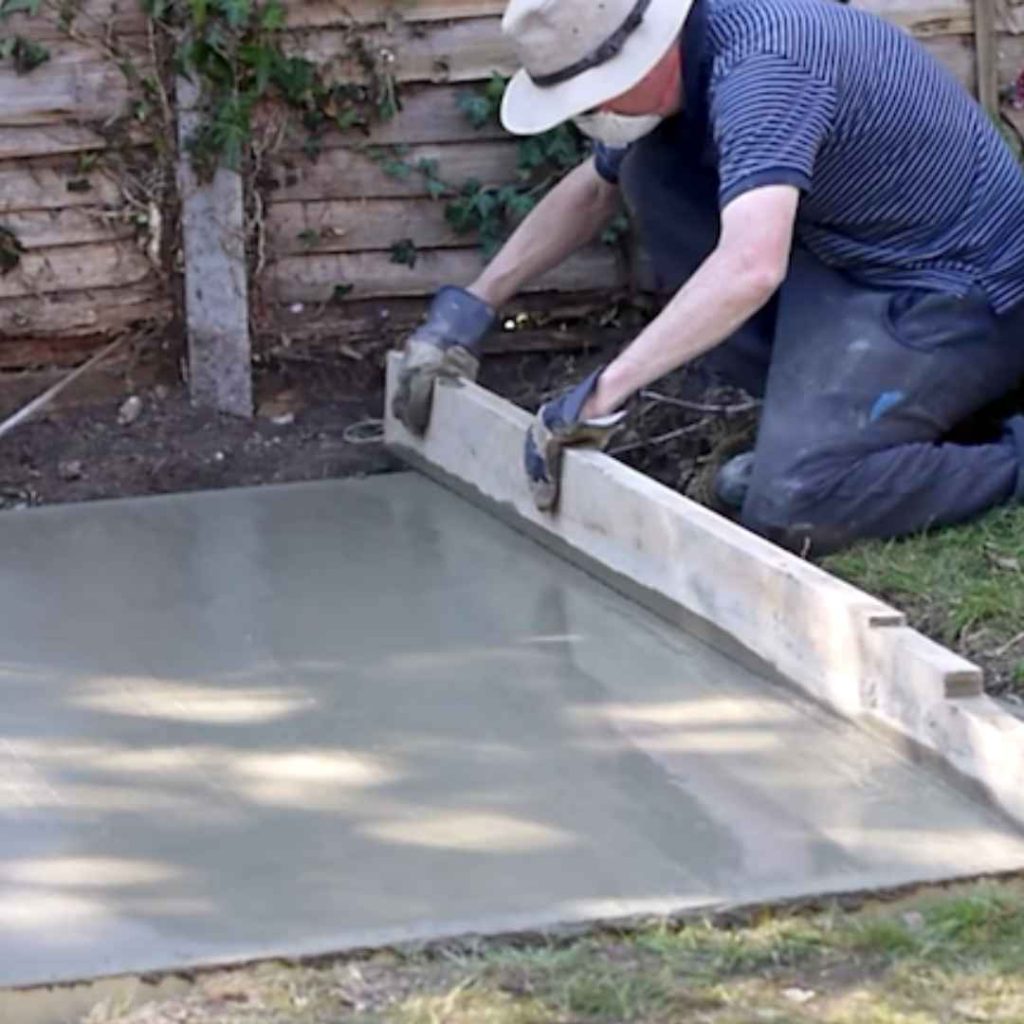
Getting the base ready Durability in greenhouses is ensured by a solid base. Additionally, this will provide consistency over time and eliminate the requirement for frequent replacements. Concrete, stones, or even timber beams might be used for the base of the structure. This will guarantee a stable and straight greenhouse base.
Stage 4:
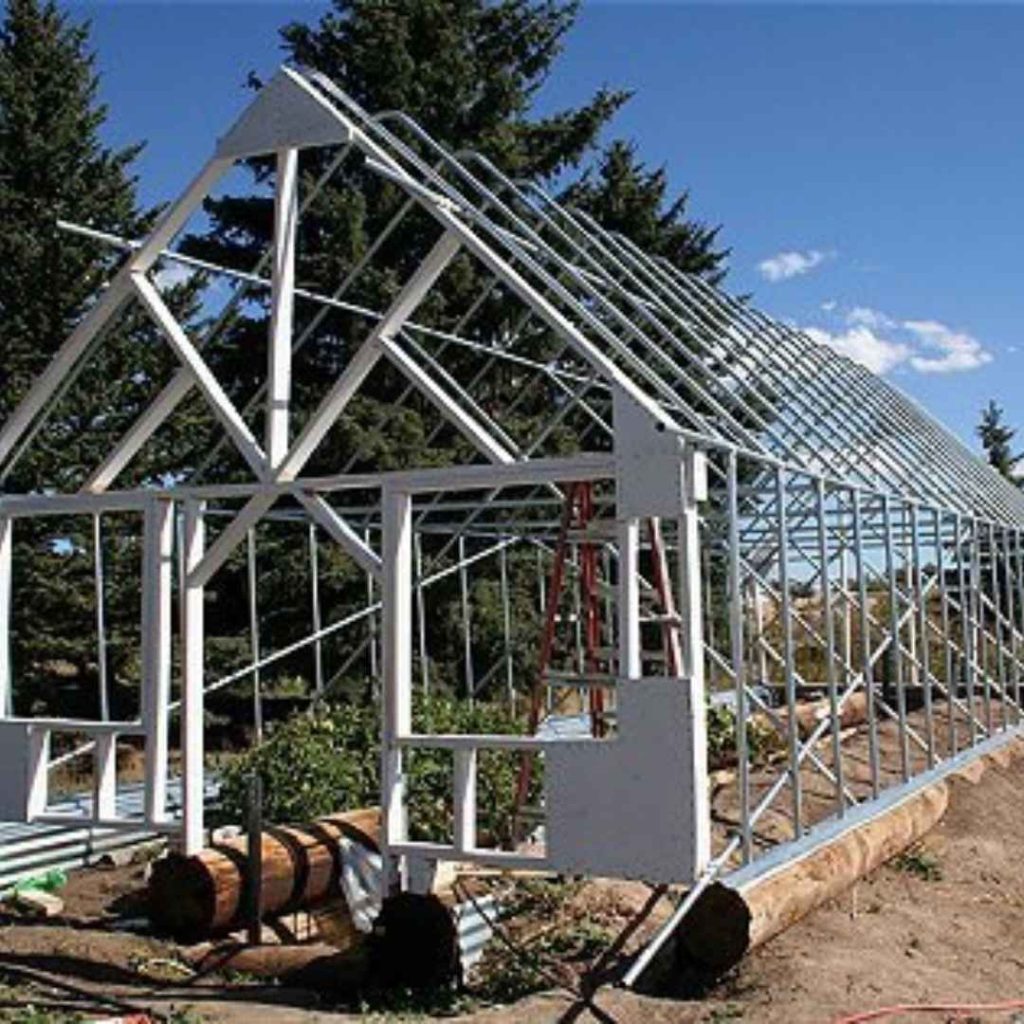
Building the framework The greenhouse’s frame will be constructed once the supplies that are have been gathered and the base has been leveled. It will need an alert gaze to notice even the slightest aspect in this phase.
Steel, aluminum, PVC fittings, hardwood beams, and hardwood can all be used for this. Although wooden greenhouses have a lovely appearance, termites and other insects erode the material gradually. PVC pipes are a preferable choice because they are portable and reasonably priced.
Stage 5:
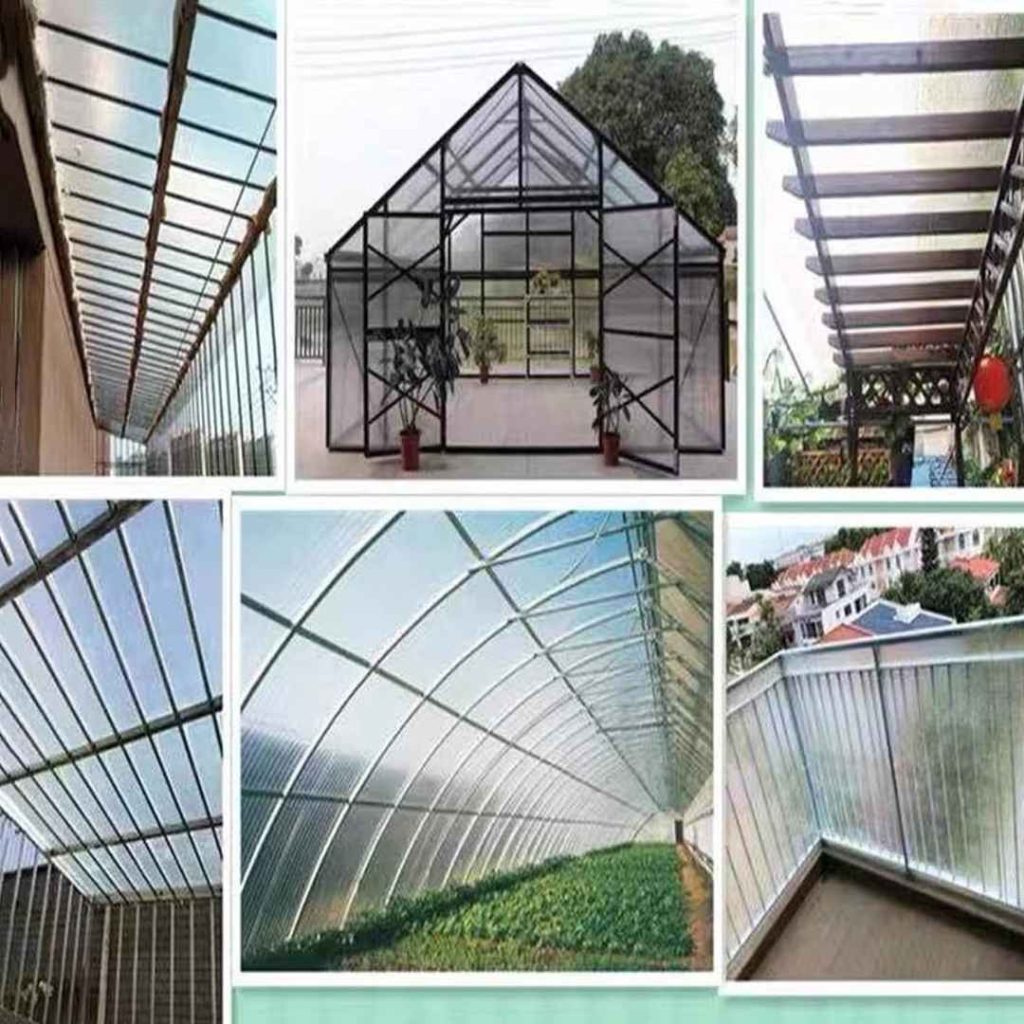
Fastening the roof and boundaries: Glass screens, UV-resistant polycarbonate spreadsheets, or plastic roofing are some options for coverings that will shield the greenhouse from UV radiation. Use brackets, rivets, or screws to fasten these layers or frames. The walls should be covered initially, followed by the ceiling.
Stage 6:
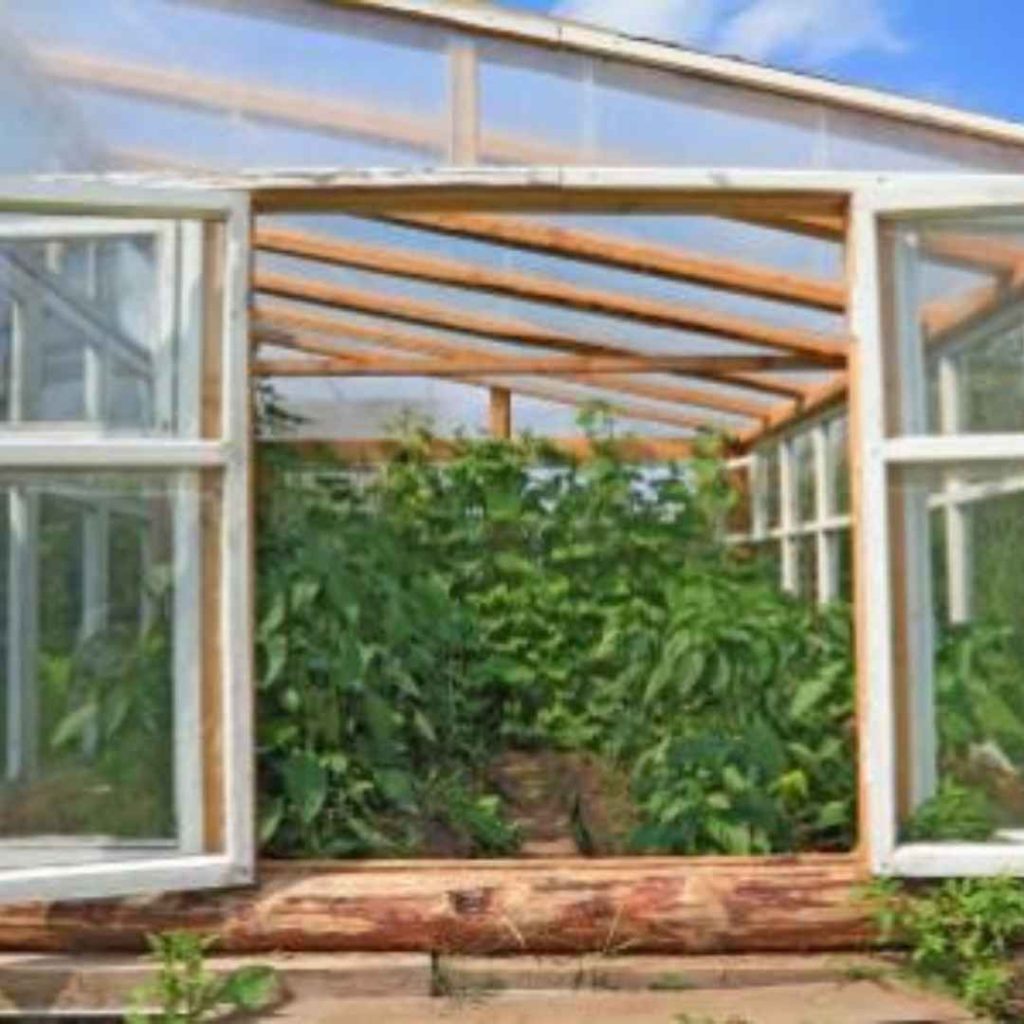
Making aeration passageways: In order for the plants to thrive within the greenhouse, airflow is necessary. To let the air go, ensure that you place openings or outlets close to the roof.
Throughout the summertime, this procedure will keep the greenhouse from burning. For convenience and as an extra circulation alternative, a hinged entrance can also be incorporated.
Stage 7:
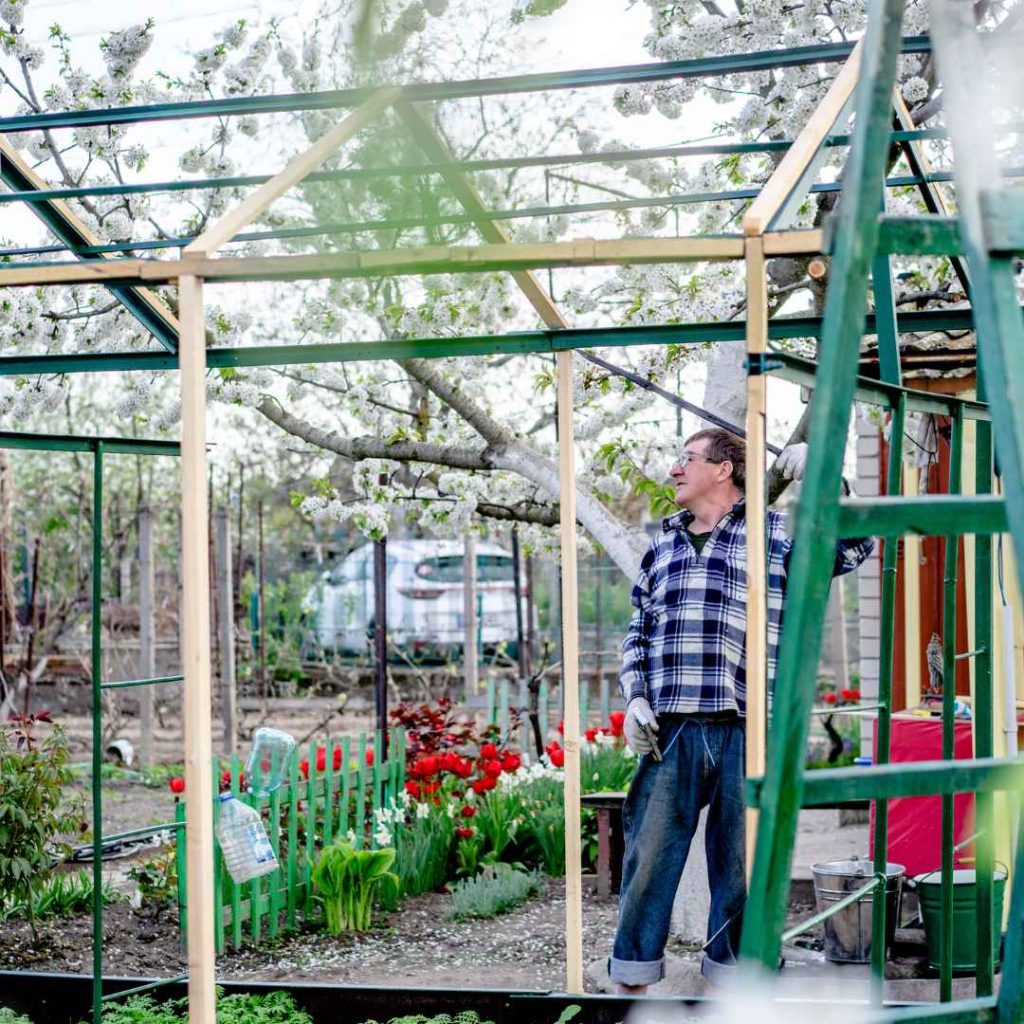
Creating the greenhouse’s building design To optimize positioning, you might add rooftops, storage spaces, or ledges inside the greenhouse. There will be additional plants in this area. Add as many racks as you like if you want to cultivate a large diversity. After that, position the plants based on how much daylight they require.
Stage 8:
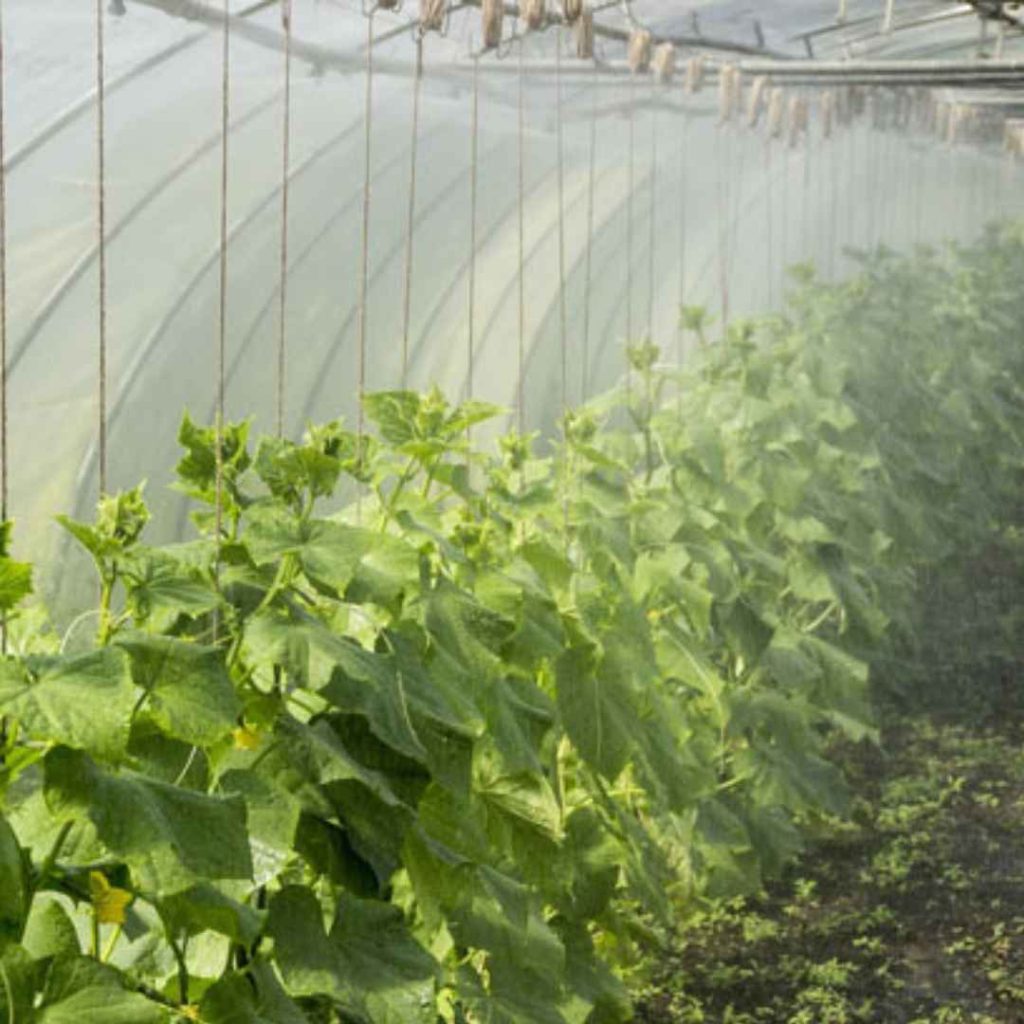
Establishing a water technology: To guarantee a comprehensive availability of water all day long, construct a simple water technique. A soaking pump network or a drip irrigation system can be installed. Spraying the plants on an ongoing and scheduled basis is essential. This will guarantee that the crops are receiving the proper quantity of water.
9th stage:
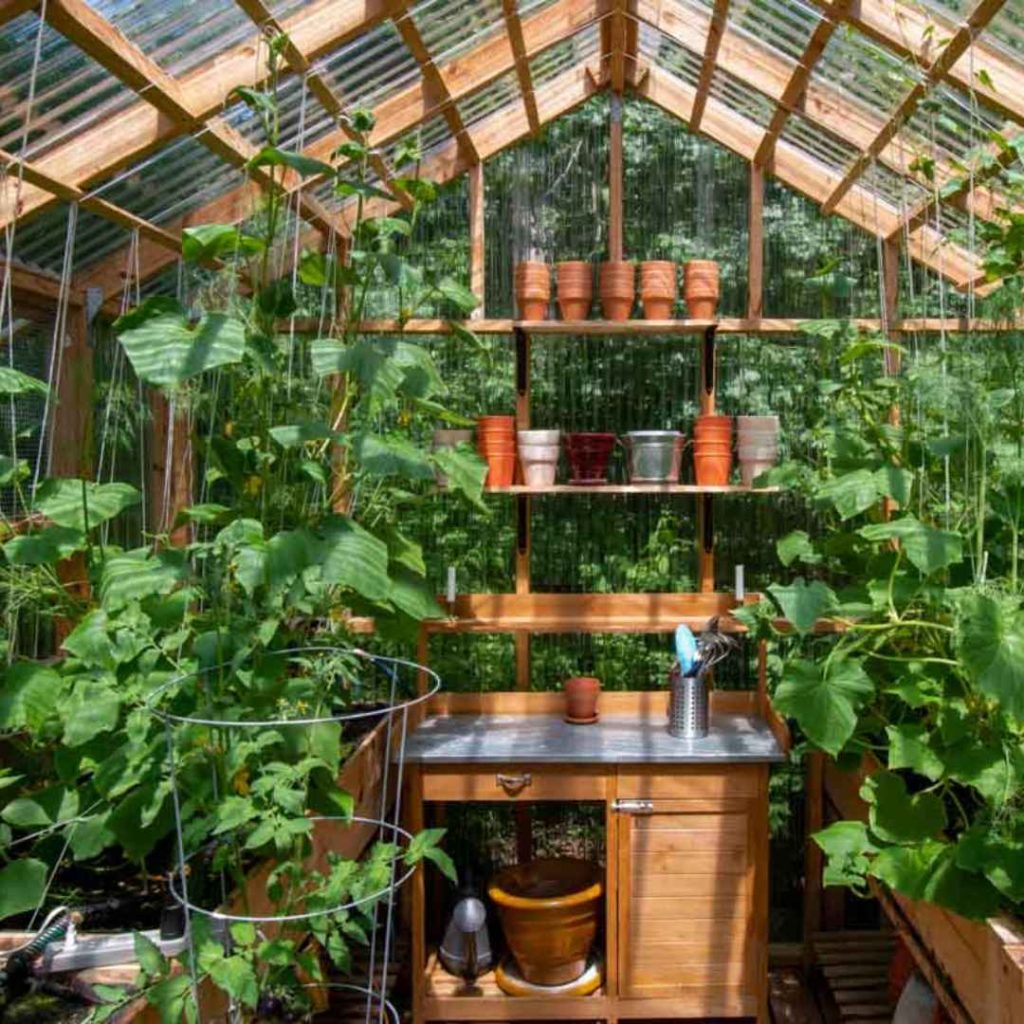
Upkeep and maintain an eye on things: Keep your greenhouse in good condition and periodically inspect it for deterioration that needs to be fixed or replaced. Look for any indications of destruction, termite infestation, or vermin.
To preserve a healthy environment, remove any overgrown vegetation, assess their condition, and add fresh plants.
The greenhouse is ready. Now you can plant healthy and nutritious vegetables like potatoes, tomatoes , Spanish kale, lettuce , radishes and many more year round.
Year-Round Greenhouse Farming Advantages:
Prolonged Growing Season: You are able to gather quality produce for a longer amount of time thanks to greenhouses, which enable you to cultivate vegetables sooner in the springtime and further into the autumn season.
Security from Severe Weather: By providing a more consistent growing surroundings, greenhouses defend plants from extreme climates like cold, shower torrential rain, and powerful winds.
Increased Command Over Developing Circumstances: You may optimize the greenhouse’s humidifies, lighting, and temperature levels for particular vegetables.
Range of Products: Sunny-season veggies, lettuce, spinach, and even certain fruits are among the many crops you might develop in a greenhouse.
Fresh Veggies All Year Long: You can lessen your need for market-bought produce by growing your own greenhouse’s availability of fresh fruits and veggies.
